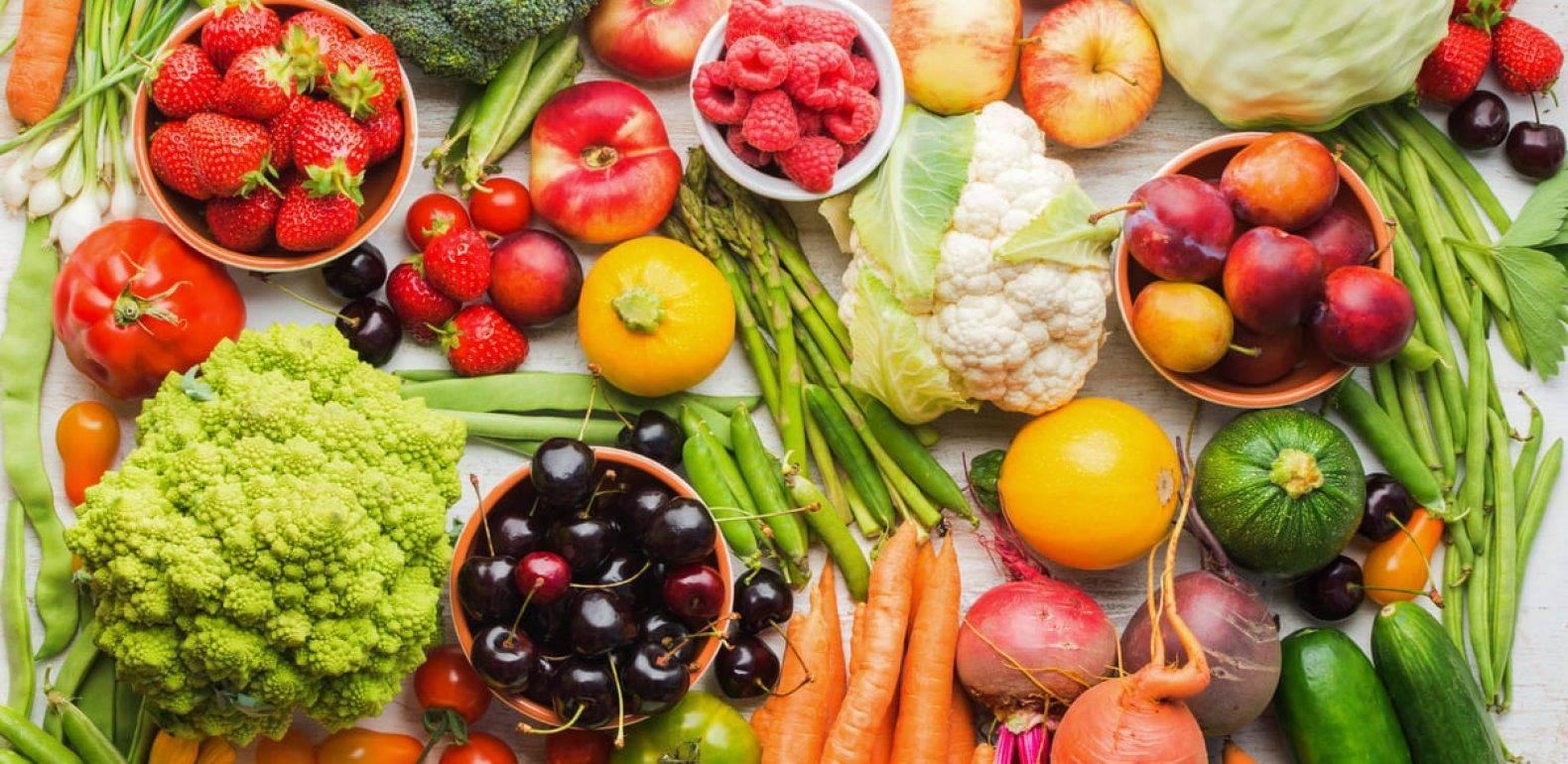
The taste of food is not just a combination of ingredients and spices, it is a reflection of the season. Spring, summer, autumn and winter bring new colors, aromas, textures with them. Each time of the year, generously gives its gifts - crisp leaves of salad in the spring, juicy berries in the summer, fragrant pumpkins in the fall and strong root crops in winter. In this natural alternation, real gastronomic poetry lies, and, allowing ourselves to follow the seasons, we not only saturate the diet, but also join the harmony of nature.
Seasonal vegetables and fruits are not just a fashionable trend, but a way to make food alive, tasty, fresh and truly inspiring. A diet, filled with seasonal products, is characterized by brightness, diversity and naturalness. This is an invitation to culinary experiments, to new tastes and unexpected combinations. This article is devoted to how to use the wealth of every time of the year to fill the menu with fresh colors and create a real palette of taste at its ease.
1. Taste and aroma at the peak
Seasonal fruits and vegetables are collected at the time of their natural maturity. This means that they are as saturated with taste, aroma and texture. Tomatoes that have matured in the sun will be much tastier than greenhouse, and summer strawberries will give a dessert genuine sweetness and juiciness.
2. Diversity in the rhythm of nature
Seasonality itself tells how to change the diet. In the spring - light salads and greens, in the summer - juicy berries and fruits, in the fall - warm casseroles and soups with root crops, in winter - marinades, baked vegetables, citruses. This makes the nutrition non -cunning and intuitively proper.
3. Aesthetics and inspiration
Fresh seasonal products are beautiful in themselves - bright, juicy, expressive. They decorate the table, make the dishes appetizing already at the cooking stage. Food becomes a real art, and cooking is a pleasure.
Spring is awakening, freshness, the first green leaves, light tastes and simple textures. During this period, nature offers us products filled with youth and vitality.
What is in the season:
Ideas for dishes:
In the spring, the diet seems to be cleansed, becomes light, saturated with herbal, “green” tastes. This is the time in order to open simple vegetables and learn to combine them in a new way.
Summer is a real holiday for everyone who loves vegetables and fruits. Bright colors, saturated tastes, the choice from which breathes. This is the time when you can safely experiment and cook dishes full of sun.
What is in the season:
Ideas for dishes:
Summer is a time of maximum diversity. Vegetables can be eaten raw, baked, stew, grill. Fruits replace desserts, added to salads and drinks. This is the season of gastronomic freedom.
Autumn is comfort, saturated tastes, dense textures and shades of the Earth. Nature generously gives root crops, pumpkin, apples and pears. This is a time of hearty dishes, casseroles, pies and warming soups.
What is in the season:
Ideas for dishes:
Autumn offers a gastronomic depth. Dishes become slower, warm, requiring time and attention. This is the perfect time for culinary experiments with baking and caramelization of vegetables and fruits.
In winter, the diet may seem more scarce, but in fact it simply becomes different: dense, nutritious, warming. At this time, vegetables, well -stored, and citrus fruits are especially appreciated, giving freshness.
What is in the season:
Ideas for dishes:
In winter, dishes acquire a cozy, homemade character. This is a time of soups, casseroles, hot salads. Citruses refresh and decorate the menu with bright colors, recalling the sun even on the most frosty days.
1. Plan purchases by season
Make lists of products, focusing on a month. This helps to avoid monotony and inspires new dishes. For example, in August - tomatoes and eggplant, in October - pumpkin and pear.
2. Make a recipes database by seasons
Create your own collection of your favorite dishes for every season. It can be salads, casseroles, smoothies, soups and desserts. This base helps to vary the menu easier.
3. Use freezing and blanks
If you want to save summer berries or autumn pumpkin - freeze. Home marinads, sauces, jams are also good. This allows you to return the taste of your favorite season at any time of the year.
4. Experiment with combinations
Mix the usual and new. For example, a salad with a baked pumpkin and a grenade or a smoothie from a persimmon and orange. Do not be afraid of unexpected combinations-it is they who create a wow effect.
Following seasons is not only about food, this is about life in the rhythm of nature. This is about respect for the cycles, about the adoption of changes and the ability to find beauty in every moment. Spring inspires an update, summer - to generosity, autumn - for contemplation, winter - for comfort. And all this can be felt, just looking at your plate.
A variety of seasonal vegetables and fruits is a way to make nutrition with a real art. This is an endless source of inspiration, aesthetics and taste. Do not be afraid to change the diet, open a new one, try unfamiliar. After all, seasonal food is a living, changeable reflection of the world in which we live, and care for ourselves in the most natural and tasty form.